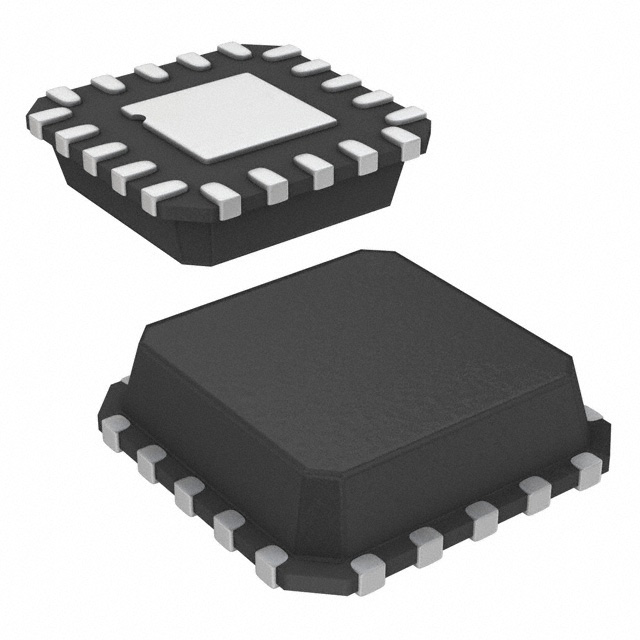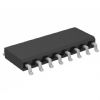Description
Description
The ISL3332, ISL3333 are two port interface ICs where each port can be independently configured as a single RS-485/422 transceiver, or as a dual (2 Tx, 2 Rx) RS-232 transceiver. With both ports set to the same mode, two RS- 485/RS-422 transceivers, or four RS-232 transceivers are available. If either port is in RS-232 mode, the onboard charge pump generates RS-232 compliant 5V Tx output levels from a single VCC supply as low as 3.15V. The transceivers are RS-232 compliant, with the Rx inputs handling up to ±25V. In RS-485 mode, the transceivers support both the RS-485 and RS-422 differential communication standards. The receivers feature "full failsafe" operation, so the Rx outputs remain in a high state if the inputs are open or shorted together. The transmitters support up to three data rates, two of which are slew rate limited for problem free communications. The charge pump disables when both ports are in RS-485 mode, thereby saving power, minimizing noise, and eliminating the charge pump capacitors. Both RS-232 and RS-485 modes feature loopback and shutdown functions. Loopback internally connects the Tx outputs to the corresponding Rx input, to facilitate board level self test implementation. The outputs remain connected to the loads during loopback, so connection problems (e.g., shorted connectors or cables) can be detected. Shutdown mode disables the Tx and Rx outputs, disables the charge pumps, and places the IC in a low current (35A) mode. The ISL3333 is a QFN packaged device that includes two additional user selectable, lower speed and edge rate options for EMI sensitive designs, or to allow longer bus lengths. It also features a logic supply pin (VL) that sets the VOH level of logic outputs, and the switching points of logic inputs, to be compatible with another supply voltage in mixed voltage systems. The QFN also adds RS-232 mode Tx EN pins (DEN), and active low Rx enable pins (RXEN) to increase design flexibility. In RS-485 applications, active low Rx enable pins allow Tx/Rx direction control, via a single signal per port, by connecting the corresponding DE and RXEN pins together. For a single port version of these devices, please see the ISL3330, ISL3331 data sheet.

 ISL3333 Data Sheet
ISL3333 Data Sheet







